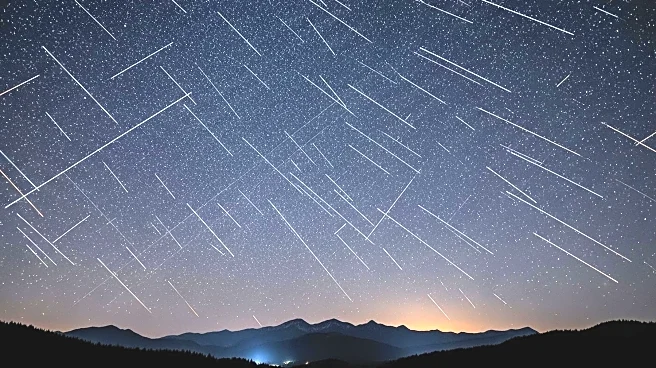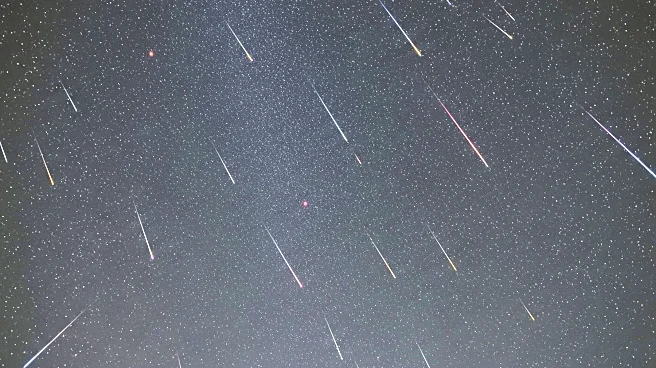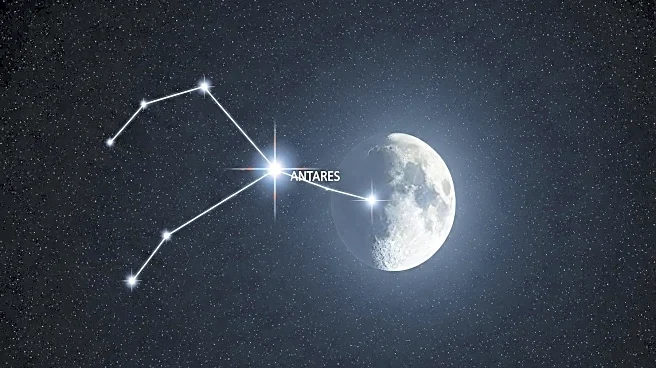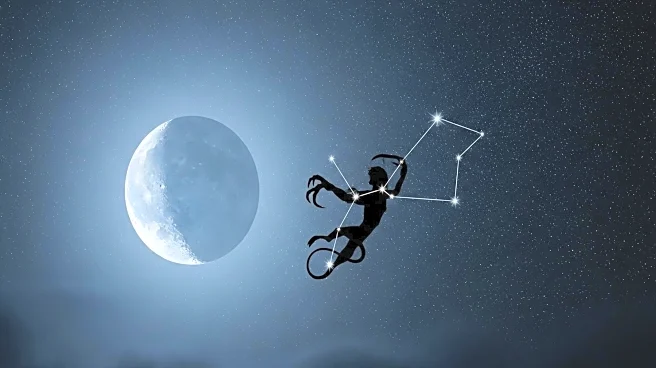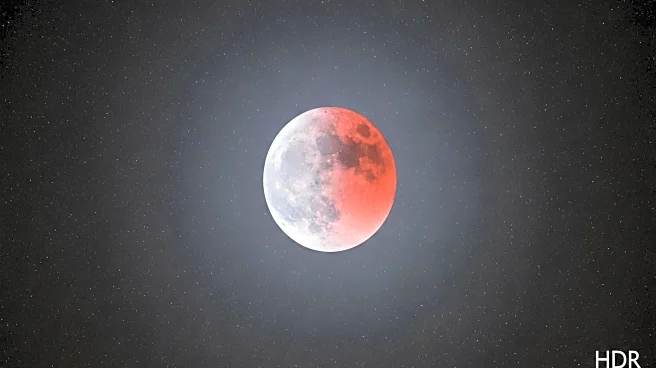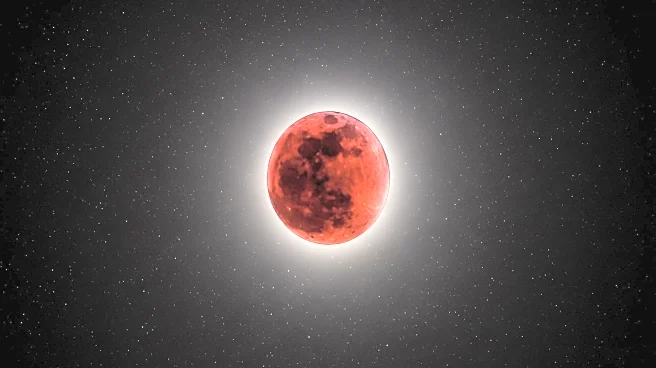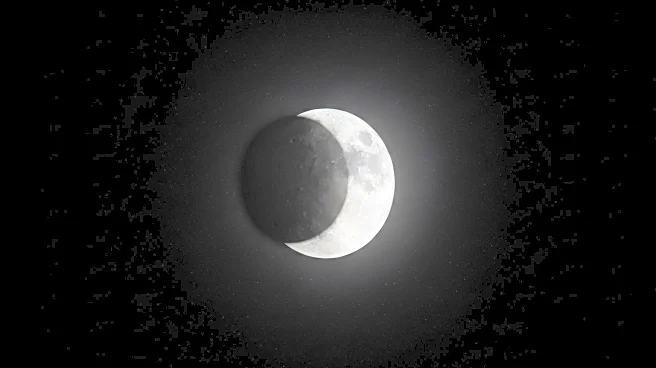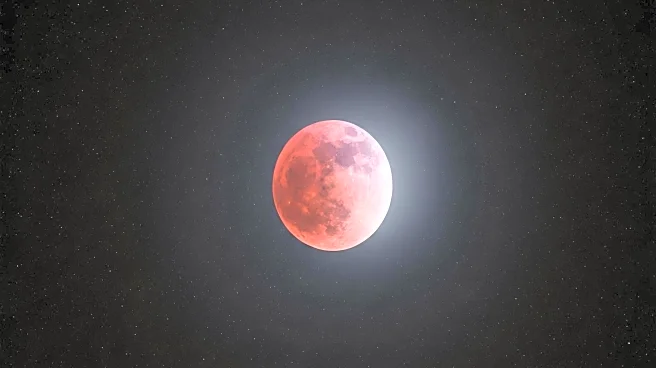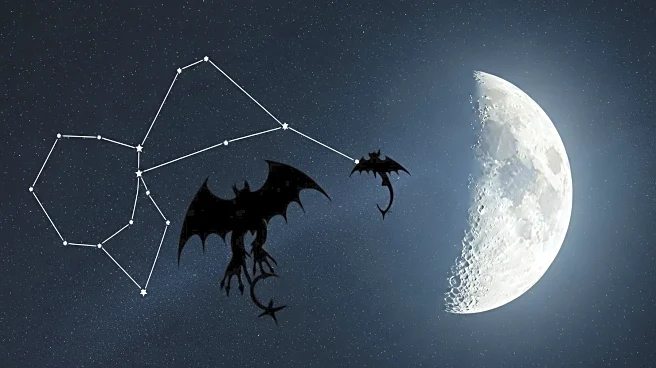What's Happening?
The Aurigid meteor shower, originating from the debris of comet C/1911 N1 Kiess, is active from August 29 to September 2, 2025. It is expected to peak on August 31 at 11:00 p.m. EDT. During this peak, observers may see up to six meteors per hour, although the American Meteor Society suggests the rate might be as low as one meteor per hour. The meteors will appear to radiate from a point near the star theta Aurigae in the constellation Auriga. The best viewing time in the U.S. is before dawn on September 1, when the radiant is highest in the eastern sky.
Why It's Important?
Meteor showers like the Aurigids offer a unique opportunity for stargazers and astronomers to observe celestial events. Although the Aurigids are not as prolific as other meteor showers, they provide a chance to connect with the natural world and appreciate the vastness of space. For photographers and enthusiasts, capturing these meteors can be a rewarding experience, contributing to the broader appreciation of astronomy and space science.
What's Next?
Stargazers are advised to use smartphone astronomy apps to locate the radiant and avoid looking directly at it. Instead, they should focus on a point 40 degrees above theta Aurigae. This approach maximizes the chances of seeing meteors. As the shower progresses, observers can continue to monitor the sky for any unexpected increases in meteor activity.
